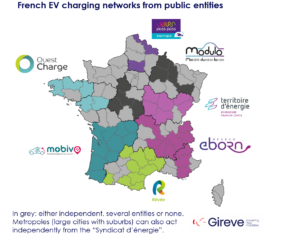For a few years now, the world has been engaged in a competition to produce these cleantech products and the raw ingredients that support them. Electric vehicles (EVs) and batteries have already attracted significant attention and investment in Europe. Several billions have been invested in expanding EV production and batteries. By the end of the decade, it is anticipated that Europe will overtake North America as the second-largest producer of battery cells. In 2022, more than half of all lithium-ion batteries sold in the EU were made there.
However, the US Inflation Reduction Act (IRA), which went into effect in August 2022, changed the laws of the industrial game and may cause businesses to give the US a higher priority than they already do with European statements. The initiatives for EVs and batteries run the danger of being delayed, which would undermine Europe’s aim. There is a chance that investments in crucial metals and their processing, where Europe is still lagging behind, might simply move abroad. Since the US IRA’s introduction a few months ago, North American investments in battery manufacturing, new mines, and electric cars have exploded.
This is in reaction to the requirement that for the entire EV tax credit to be applicable, 50% of all battery components created in North America starting in 2024, and 40% of battery metals starting in 2024 must originate from the US. Over a third of the current battery costs will be subsidised, or up to USD 50 per kWh, for the battery supply chain of an electric vehicle.
Europe now has one of the most stringent environmental laws in the world. The next stage is to strengthen it with a powerful industrial muscle to make sure we seize pieces of the expanding value chain for our jobs and economic stability.







